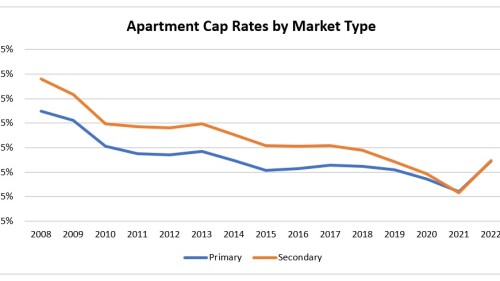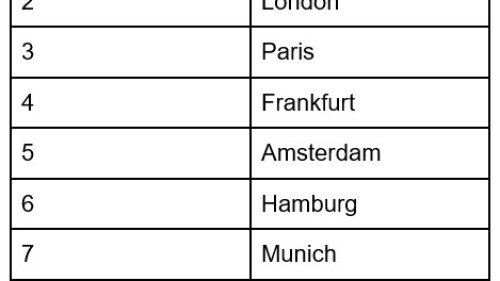Finance – Capital Markets
The next era of multifamily real estate will be led by managers that have the ability to produce alpha. The 2010s were defined by a seemingly never-ending bull market. The next cycle will remind investors of the importance of partnering with managers that apply an appropriate risk-reward analysis and have the skill and experience to add value at the real estate level to generate alpha.
At the recent 2023 ULI Spring Meeting in Toronto, panelists noted that transaction volumes have dropped significantly with the slowing of lending and bank failures.
When Urban Landlast spoke to New York City landlord Leslie Himmel of Himmel + Meringoff Properties in March, vacancy within the nation’s largest office market was hovering just below 10 percent. While that still registers below the market’s peak of 11.7 percent in 2010, according to Moody’s, that rate has continued to drift upwards since March. Urban Landrecently sat down with Himmel for a lively discussion about doing business in a recessionary market amid rising interest rates, and her ongoing search for what she calls “brave money.”
Building on the 2020 pilot and 2021 update focused on the COVID-19 pandemic’s implications for housing, the 2022 edition of the index explores the attainability implications of shifts in housing demand and regional competitiveness due to demographic changes, pandemic-influenced employer and employee location decisions, and the high cost of both building and finding homes in the largest and most economically vibrant regions.
Peter Ballon, global head of real estate for CPPIB Investments, kicked off the 2021 ULI Virtual Spring Meeting with a keynote panel of industry leaders from Europe, the Asia Pacific region, and the Americas discussing global capital flows.
As part of the 2021 ULI Virtual Europe Conference in February, high-level ULI members from across the global finance and investment sector gathered virtually to discuss capital flows, real estate market dynamics, and debt and equity markets. Among the trends discussed were an acceleration of deglobalization, shifting from “just in time” to “just in case” deliveries, and more interest in the hyperlocal, also characterized as “love thy neighborhood.”
The U.S. industrial real estate market finished 2020 with a remarkably strong quarter, much of its resilience hinging on the acceleration of e-commerce, according to data from Cushman & Wakefield. The fourth quarter was the strongest for absorption ever, accounting for 89.8 million square feet (83.4 million sq m).
In fall 2020, Allen Matkins and the ULI Center for Capital Markets and Real Estate held a roundtable discussion, in two parts, featuring several industry leaders. Each speaker shared insights regarding the effect that COVID-19 has had on capital markets, mainly in real estate, as well as their forecasts for the coming year.
Europe’s property sector is in the midst of a cyclical downturn that is coinciding with long-term structural changes in real estate, according to the 18th edition of the Emerging Trends in Real Estate ® Europereport. However, according to the PwC and ULI survey of almost 1,000 industry leaders across Europe, real estate generally is seen as one of the few asset classes to generate acceptable returns at a time of low or negative interest rates.
In a new survey conducted by ULI and EY, real estate professionals said that they overwhelmingly expect increased remote working, including more working from home (96 percent), more remote working away from the home (72 percent), and more use of satellite offices at the edge of cities (67 percent).





